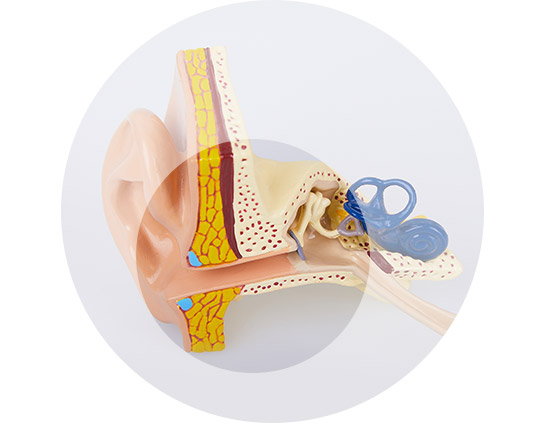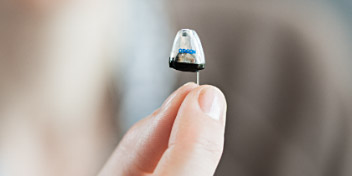What is conductive hearing loss?
Conductive hearing loss occurs in the outer or middle part of the ear, where sound is converted to vibrations and sent to the inner ear. This type of hearing loss refers to issues with transferring sound waves (due to a blockage or other impediment.)
Excessive ear wax, a ruptured ear drum, or even ear infections can result in conductive hearing loss.










